This lake has witnessed many disasters and is the resting place of 2,500 ships.
The mysterious lake is called Erie. It is one of the busiest inland waterways in the world. Furthermore, due to the numerous disasters it has witnessed, Lake Erie is often referred to as a “graveyard” in the Great Lakes region.
Although it is the second smallest in the Great Lakes system (five lakes that account for nearly 20% of the world’s surface freshwater), some archaeologists and historians estimate that the number of shipwrecks in Lake Erie could be as high as 2,500.
To date, researchers have only found 277 shipwrecks. However, this list is continuously being updated as underwater explorers conduct search efforts both above and below the U.S.-Canada border.
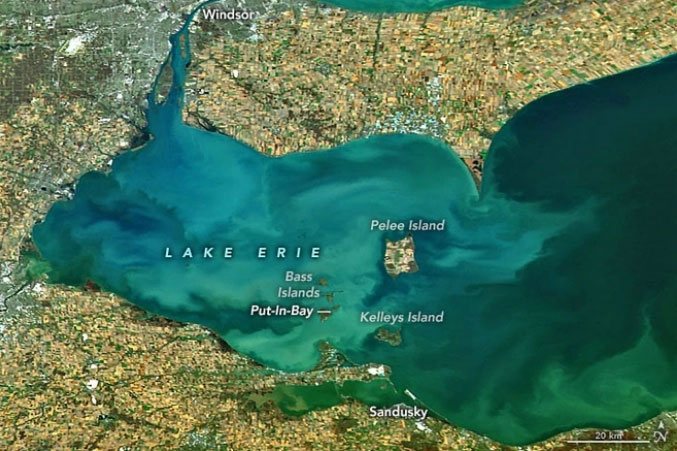
Approximately 2,500 ships have sunk in Lake Erie. (Photo: NASA).
Lake Erie first became an important transportation route in North America in the 18th century. This body of water covers the area from western New York to northern Ohio and southern Michigan, USA. This means it provided a quick inland waterway for traders and explorers.
According to experts, most of the ships that sank in Lake Erie occurred in the 17th and 18th centuries. However, most of these vessels were quite small, making it difficult for divers today to locate them. Therefore, exploration and recovery efforts have focused on the ships that sank in the 19th and 20th centuries.
One of the most famous shipwreck discoveries in Lake Erie occurred seven years ago. At that time, the Great Lakes Museum in Toledo, Ohio, announced that a ship missing for 186 years had finally been found.
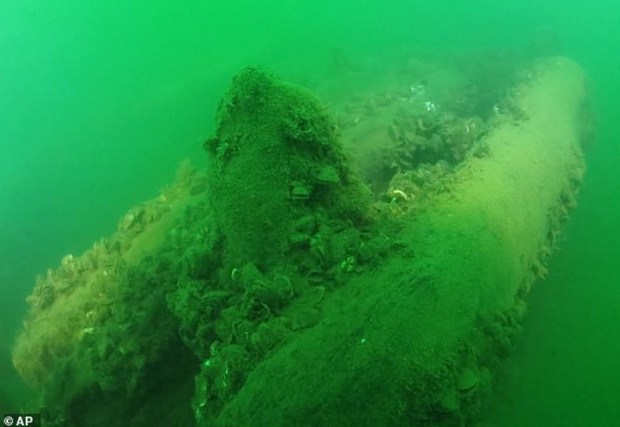
Experts discovered the Lake Serpent, a ship that sank nearly 200 years ago in Lake Erie. (Photo: AP)
Previously, in September 1829, a 14-meter-long ship named Lake Serpent departed Cleveland for Cunningham Island, located 88 km away. After loading limestone, the ship set sail back to Cleveland but unexpectedly encountered a storm and sank somewhere on its return journey.
By 2015, Tom Kowalczk, an expert from the Cleveland Underwater Explorers (CLUE) group, discovered something unusual while scanning an area of the lake bottom near Kelleys Island (the current name for Cunningham Island). When CLUE divers approached, they found the remains of the wooden vessel.
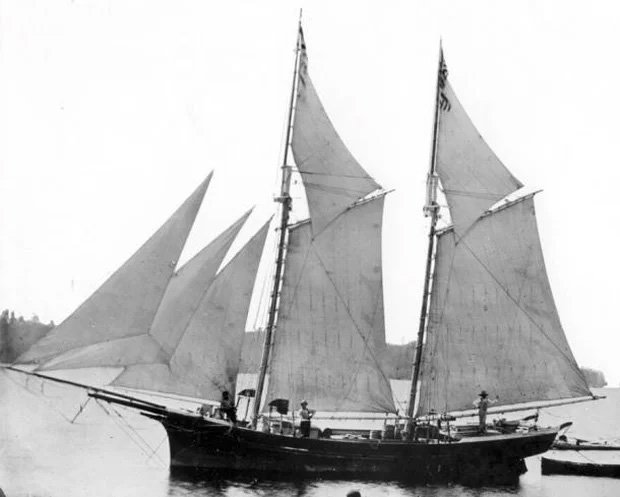
Image of the Lake Serpent before it sank. (Photo: Ancient Origins).
Notably, divers also found two pieces of evidence confirming that the ship was the Lake Serpent. First, they discovered an intricate carving of a serpent on the ship’s bow. This matched historical records of the Lake Serpent’s characteristics. Second, divers found several limestone blocks still in the ship’s hold, which were mined from the islands in Lake Erie in the late 1820s.
As of now, the Lake Serpent is the oldest shipwreck recovered from Lake Erie.
Additionally, another hotspot for archaeologists exploring Lake Erie is Manitou Passage, a waterway located along the coast of Traverse City, Michigan. In the 19th century, this route claimed the lives of many sailors on lumber ships traveling from port to port.
“A nightmare” surpassing the Bermuda Triangle
According to Kevin Magee, co-founder of CLUE and an engineer at NASA’s Glenn Research Center: “We believe that Lake Erie has a shipwreck density that is likely higher than anywhere else in the world, even the Bermuda Triangle.”
Experts suggest that sudden storms and unpredictable wave changes may be the main reasons for the high number of shipwrecks in Lake Erie.
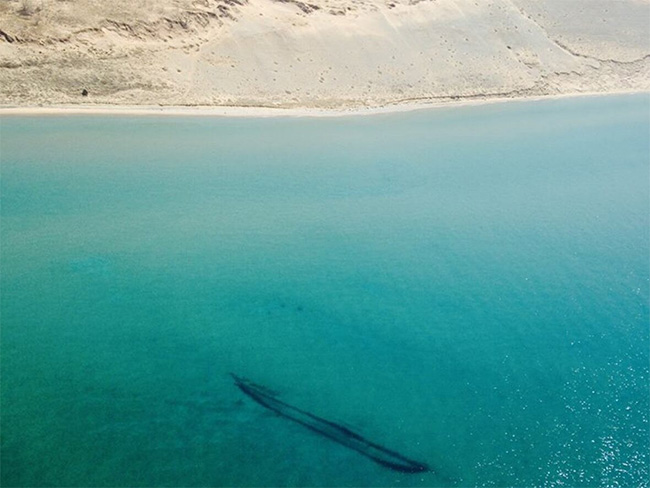
The ship James McBride disappeared in a storm in 1857 on Lake Erie. (Photo: Mitch Brown).
Lake Erie is named after the first Native Americans that European explorers encountered in the 17th century.
This body of water was also an important battleground in the War of 1812 between the United States and Great Britain. According to experts, some of the shipwrecks currently scattered on the lake’s bottom may be warships sunk during this conflict. However, no ships from this era have been recovered to date.
Moreover, the increasing urbanization along the lake’s shore has contributed to the growth of trade and fishing activities in the 19th century. This also led to a significant increase in the number of shipwrecks. In fact, many ships sank due to large waves during sudden storms in the Great Lakes.
Archaeologists estimate that about 80% of the ships that sank in Lake Erie remain in the underwater “graveyard” and have yet to be discovered. Generally, shipwrecks in Lake Erie tend to lie relatively close to the water’s surface due to the lake’s relatively shallow depth. Although they are easy to locate from the surface or can be seen from above, these wrecks also suffer from greater erosion due to large waves and warm water temperatures.
Expert Kevin Magee explains: “One of the most impressive things about the shipwrecks in Lake Erie or in the Great Lakes of North America is that they are well-preserved due to the cold and clean water. This slows down the decomposition process. Some wrecks have been resting at the bottom of the lake for hundreds of years but are still nearly intact.”
Experts are still working to unlock the mysteries of the “graveyard” of Lake Erie, where approximately 2,500 ships have sunk. However, no one has been able to definitively explain this mysterious body of water.
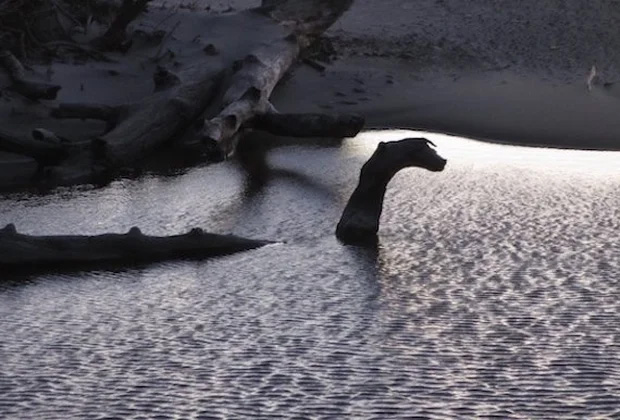
Continuous shipwrecks on Lake Erie have led many to question the existence of a mysterious creature known as Bessie. (Photo: Mysterious Universe).
Monsters in Lake Erie?
Although it is the shallowest lake in the Great Lakes, Lake Erie has recorded the most shipwrecks in history.
Specifically, in the 1980s, during several shipwreck incidents, some people reported seeing a strange creature in Lake Erie and named it Bessie the Monster. This creature is described as looking like a snake, with a gigantic size and a head as large as a car.
In 1992, during an incident that left three people missing in Lake Erie, many believed that Bessie had attacked these victims. However, to this day, whether this monster truly exists remains an unsolved mystery.


















































